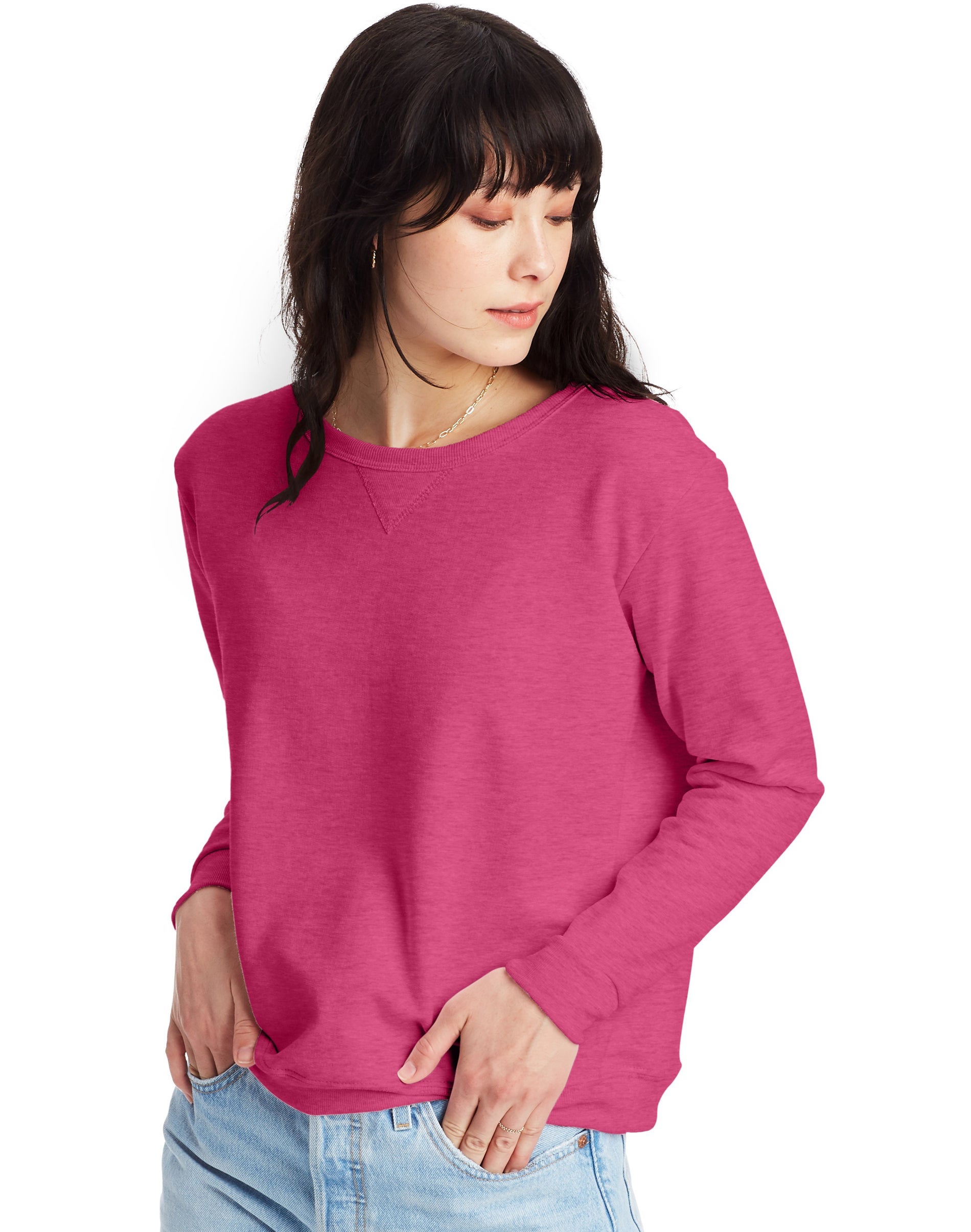Sweatshirts are long-sleeved, pullover tops that are made of thick cotton cloth. They are generally used for casual wear but aren't so formal as sweater s and cardigans. They may not have a or hood. If you are interested in buying a sweatshirt, here are some tips:
Norma Kamali sparked the appeal of sweatshirts
Since the end of the 70s, Norma Kamali has been turning the humble sweatshirt into an art. Her designs have become a staple in almost every woman's closet. Her distinctive styles include tummy-tucking t-shirts to a crew neckline to thick leather sweatshirts. Her clothing is also designed with unusual designs, like an oversized tank top that has long trumpet skirt.
A collaboration with the brand and the sweatshirt maker Everlast gave rise to her Timeless line, which was a huge hit when it appeared in the spring catalog of Spiegel. The collection offered interchangeable and convertible knits with classic designs and a lot of pieces were priced at less than $20. Even if The Norma Kamali Timeless collection wasn't available in stores, fans were able to find the items on eBay and Poshmark.
Merino wool sweatshirts feel more comfortable than soft sweatshirts.
Merino wool is renowned for its ability to remove moisture, which helps to keep you dry and comfortable. This is a naturally-occurring fiber that also offers a smoother and more comfortable feeling. The fabric also dries quickly compared to other natural material. Furthermore, merino is a sustainable resource. The merino sheep shed their coats every year and regrow new ones.
sweat shirts -to-weight ratio of merino wool makes it popular for sweatshirts. It aids in controlling body temperature due to its natural loft, which traps heat between the fibers. This is why Merino wool sweatshirts work great for outdoor activities in the summer, such as mountain biking, hiking and running. The warmth they provide helps keep the wearer well-hydrated and cool, something that is crucial for working out.
Zip-front hoodies have kangaroo pocket
Kangaroo pocket Hoodies are a well-loved style of hoodie. They feature a big pocket at the front which keeps your hands warm during cold days. They are additionally more practical than conventional pockets, since they allow the hands to slide in and out with ease.
Kangaroo pockets are usually large enough to hold a wallet or some other small items for personal use. They're typically big enough to hold the palm of a hand that is small and are large enough to accommodate two hands. They have wide openings on both sides and make them ideal for carrying small items.
French terry fabric is a well-loved fabric for sweatshirts.
The French Terry fabric is composed of soft yarns knitted into loops and is typically midweight. It is also famous because of its capacity to absorb moisture and is pre-shrunk. French Terry is a fantastic option for sweatshirts as it keeps you warm when you need it and helps keep your cool when you want to cool down.

French terry is also popular for loungewearbecause it is stretchy enough and has enough flexibility to feel good when you touch your body. It also allows for enough air to circulate through the fabric, making it ideal for layering underneath other clothing. In addition, because it's lighter than most sweatshirts that you can wear all through the year without feeling too hot or cold.
Hoodies have classist connotations
While it may seem that hoodies are an appropriate clothing item for working class people but the truth is that they are a symbol of class. Hoodies were first used in the early 1970s in New York, where graffiti artists wore them to conceal their identities. In 1976 the hoodies were made famous in their appearance in the film "Rocky," when the working-class main character was seen wearing grey sweats with hoods during his memorable climb up the steps of the Philadelphia Museum of Art.
Hoodies are often linked to death, destruction and other unpleasant things, but they can also be used for practical reasons. For example, monks and priests can wear hoods to demonstrate the proper manner of dress and to focus on their inner self.
